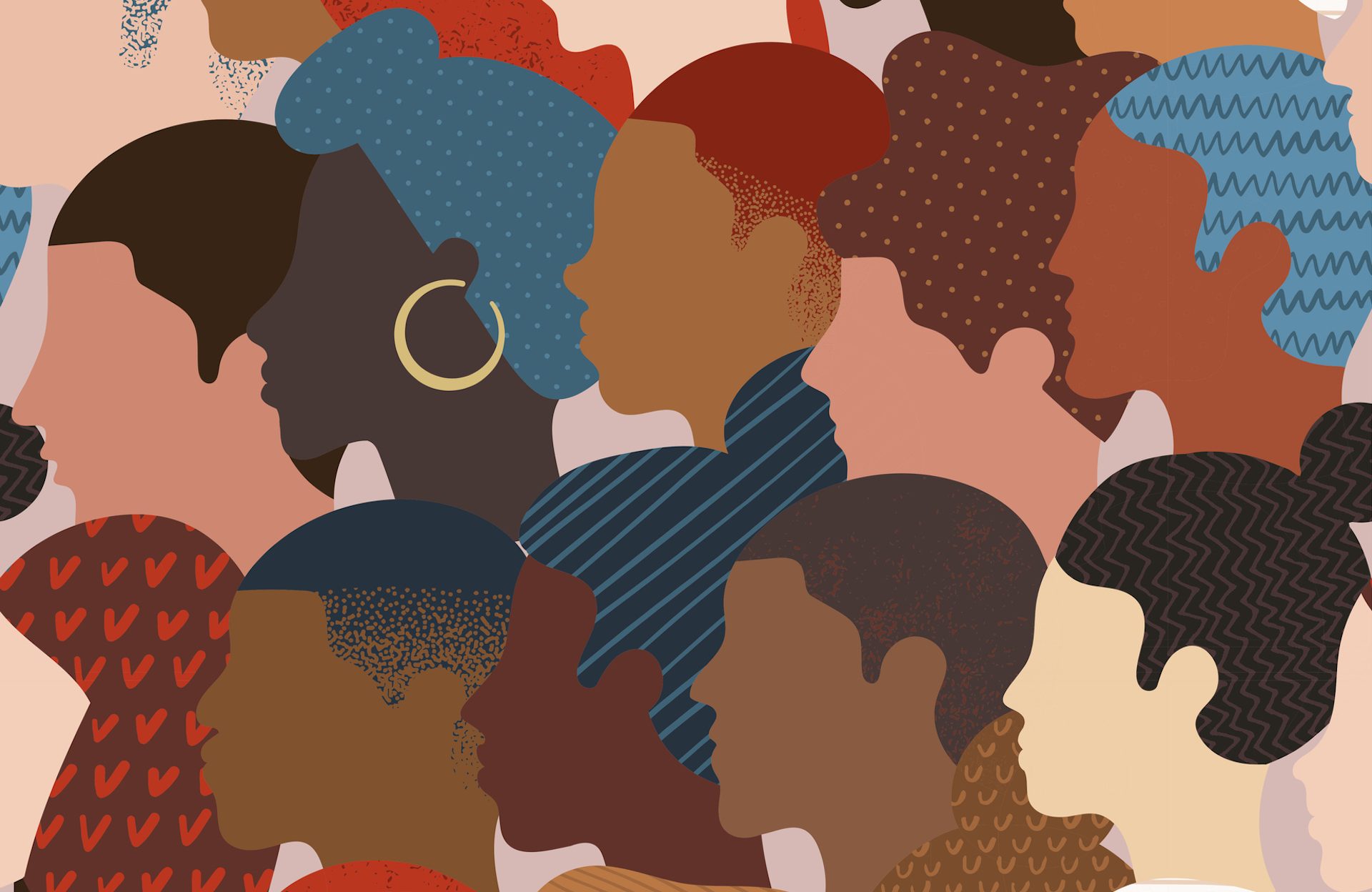Racial Disparities: Lack of ADHD Treatment for People of Color

Attention deficit hyperactivity disorder (ADHD or ADD) and its multiple symptoms almost universally create complications and burdens for those who carry the diagnosis. Early detection can greatly ease this burden by facilitating effective management strategies. Unfortunately, there is a significant racial disparity in both the diagnosis and treatment of ADHD, with white children much more likely to be diagnosed compared to children of color.
Racial inequalities in ADHD diagnosis can have lifelong consequences, as patients may not realize ADHD is a fundamental cause of their issues. Alongside pre-existing systemic inequalities and barriers faced by people of color, the difficulties of undiagnosed ADHD can lead to dire outcomes.
ADHD is a brain disorder that adversely affects executive functioning skills that aid in planning and executing everyday tasks. As a result, individuals with ADHD may seem disorganized, have difficulty maintaining focus, and struggle to finish everyday tasks. Life, thus, becomes more challenging.
Effective treatment is crucial to manage ADHD. Without an appropriate diagnosis, the necessary supports, or tools for management, life problems for someone with ADHD can spiral out of control. Finding the right medical professional can empower individuals to manage symptoms and take charge of their lives.
Despite ADHD occurring across races and ethnic backgrounds, the challenges associated with it are not equally distributed due to various factors.
An ADHD diagnosis can provide essential support for individuals trying to cope with their symptoms. When a diagnosis is secured in childhood, it hugely enables the implementation of effective treatment and management strategies.
However, frequently, white children are the ones receiving early diagnoses, while children of color are overlooked. As a result, it may take a lifetime for some individuals to discover the root cause of their problems.
Lack of diagnosis leaves the colored population devoid of the necessary support for coping with ADHD. There could also be an escalation of comorbid mental health issues, such as mood disorders or anxiety. The outcomes for individuals having untreated and undiagnosed ADHD can be detrimental in almost all life domains.
The failure of health professionals to identify ADHD in people of color is a significant problem. Adding to this barrier are the stigma and mistrust related to medical practices prevalent in communities of color.
In such communities, seeking help for challenges is often looked down upon as a sign of weakness, and confidence in the effectiveness of parenting techniques over professional support for coping with ADHD symptoms is high. The deep-rooted medical mistrust among the Black community stands as a hindrance that must be addressed urgently, or children of color will continue to remain undiagnosed, untreated, and underserved for ADHD.
The medical inequalities faced by individuals of color with ADHD mainly manifest as the failure to effectively treat one of the most treatable psychiatric disorders. The underutilization of knowledge, support, and treatment to manage ADHD symptoms can have disastrous results.
Children of color not only face systematic racism and discrimination but also deal with undiagnosed ADHD and symptoms they don't understand. These stress factors can result in additional mental and physical health problems, and without the proper management of ADHD, their chances of succeeding in life diminish significantly.
However, this reality can be changed.
Raising awareness of the unique challenges facing people of color with ADHD is one small but important step in addressing this systemic issue. For many individuals, knowing that ADHD explains their struggles can put them on a path to seek help and improve their outcomes. And if the possibility of ADHD is considered more often for children of color, more kids may start to get the help they need to achieve their highest potential.
Addressing bias and confronting stigma is absolutely part of the effort to increase the quality of ADHD care, from diagnosis to treatment, for children and adults of color that have been overlooked.
When the right efforts are made, people of color can begin to receive treatment for their ADHD – and thrive.
SUPPORT ADDITUDE Thank you for reading ADDitude. To support our mission of providing ADHD education and support, please consider subscribing. Your readership and support help make our content and outreach possible. Thank you.




